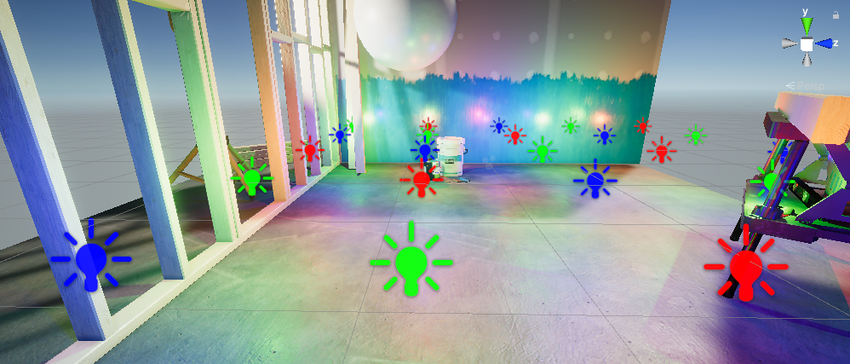Deferred and Deferred+ rendering paths in URP

Resources for using the Deferred and Deferred+ rendering paths. The Deferred rendering pathThe technique that a render pipeline uses to render graphics. Choosing a different rendering path affects how lighting and shading are calculated. Some rendering paths are more suited to different platforms and hardware than others. More info
See in Glossary has no limit on the number of lights that can affect an opaque GameObjectThe fundamental object in Unity scenes, which can represent characters, props, scenery, cameras, waypoints, and more. A GameObject’s functionality is defined by the Components attached to it. More info
See in Glossary, however the Deferred+ rendering path uses Forward+ instead of Forward for the transparent pass and for the forward only opaque pass, and has the same light limit as Forward+.
| Page | Description |
|---|---|
| Introduction to the Deferred rendering path | Learn about how the Deferred rendering path works, and its limitations. |
| Render passes in the Deferred rendering path | Learn about the sequence of render pass events in the Deferred rendering path. |
| G-buffer layout in the Deferred rendering path | Understand how Unity stores material attributes in the geometry buffer (G-buffer) in the Deferred rendering path. |
| Enable accurate G-buffer normals | Configure how Unity encodes normals when it stores them in the G-buffer. |
| Make a shader compatible with the Deferred rendering path | Use the LightMode tag in a shaderA program that runs on the GPU. More infoSee in Glossary to make the shader compatible with the Deferred rendering path. |